Arts & Sciences Magazine Fall 2016
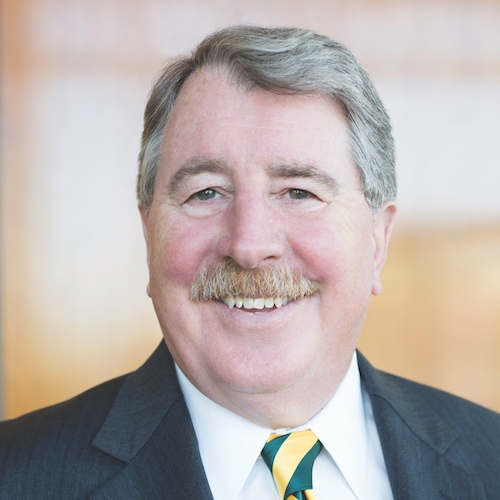
Message from the Dean of the College of Arts and Sciences
The fall semester is always an exciting time as our returning students come back to campus and our freshmen experience our dorms and classrooms for the first time.
Read more
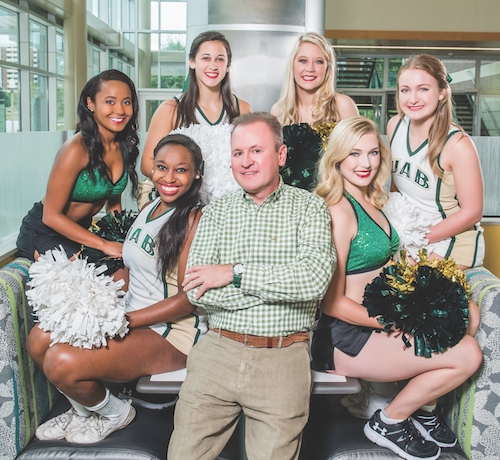
Blazer Booster: New College Alumni Board President Wesley Calhoun May Be Our Biggest Cheerleader
Wes Calhoun, president of the new Arts and Sciences Alumni Board, sees growth and opportunity ahead for his alma mater and his hometown.
Read more
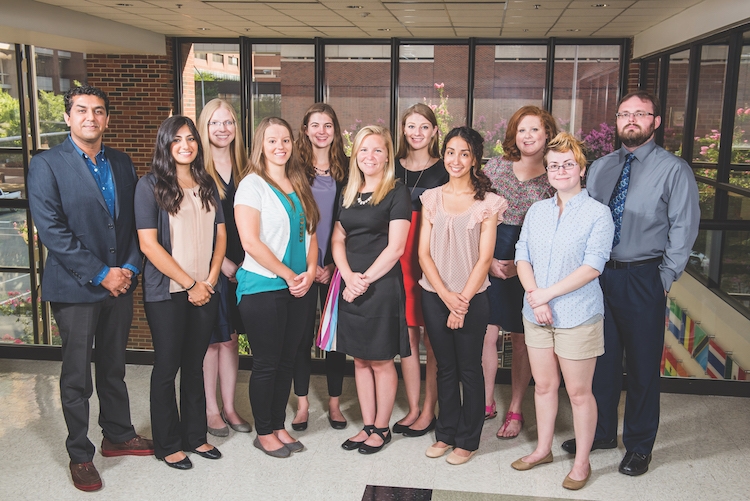
Connections: Using Neuroimaging to Map the Brains of People with Autism Spectrum Disorder
Dr. Rajesh Kana and his graduate students have collected a large database of about 150 children and adults with autism whom they’ve scanned. In two studies that he and his team have published, they used a computer algorithm to analyze the data.
Read more
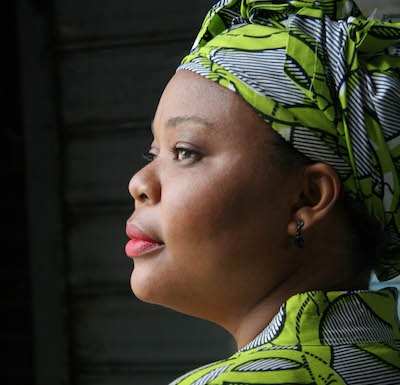
Nobel Peace Prize Winner Leymah Gbowee Speaks at UAB Institute for Human Rights Kickoff
Gbowee gave a free public lecture at the Alys Stephens Center on September 29 at a kickoff event for the UAB Institute for Human Rights (IHR).
Read more

Myth Busters
Here are the most common misperceptions of liberal arts majors and a breakdown of how valuable these degrees really are, as well as what UAB is doing to ensure our students find careers that are right for them.
Read more
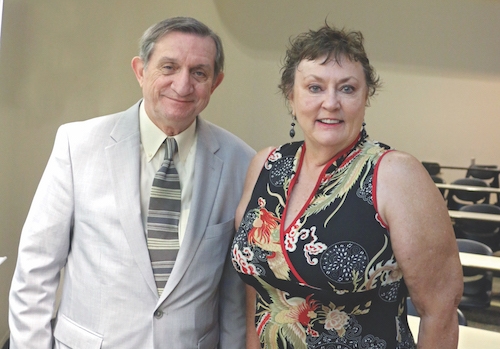
Opening Doors: A Lasting Gift Helps Fund Graduate Education
This year, Dr. Mark Hickson celebrates 50 years in teaching, nearly 30 of which have been in the Department of Communication Studies.
Read more

Spring and Summer
From exhibits at the Abroms-Engel Institute for the Visual Arts to a Spring Commencement that is only growing in size and excitement, we had countless achievements to celebrate and numerous opportunities to come together as a campus community.
Read more
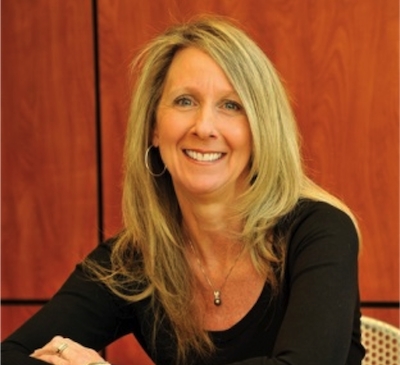
Keeping the Magic Alive
Alumna Debbie Jo Severin remembers her days as a UAB undergraduate student as extraordinary. Her time here was instrumental in molding many traditions for future Blazers, and she continues to invest in the future of UAB students.
Read more
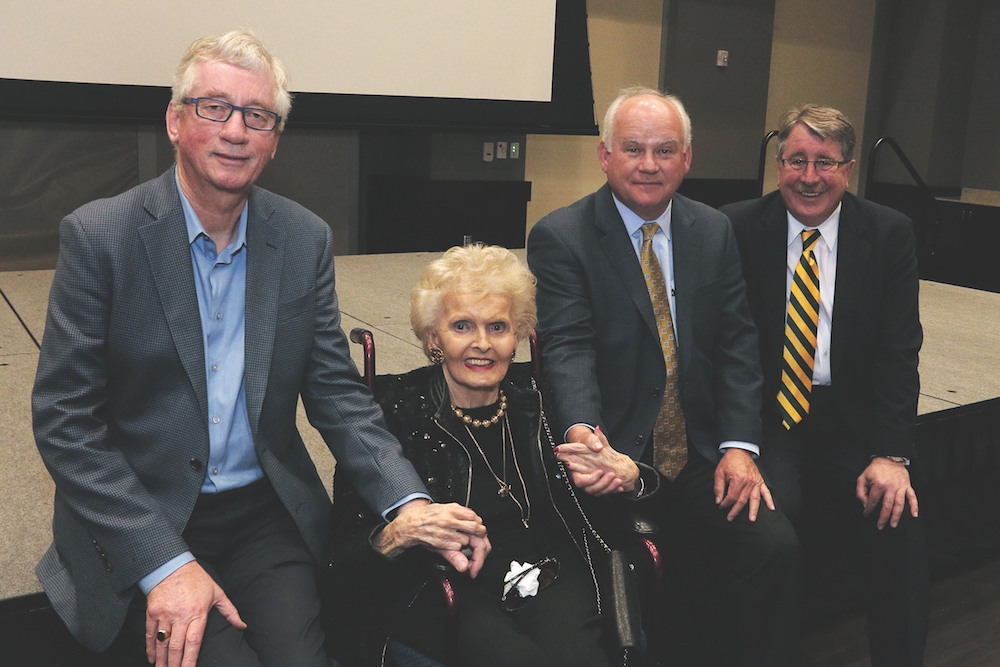
Ireland Awards
Dr. Frans B.M. de Waal was named the 2016 Ireland Distinguished Visiting Scholar, and Dr. Charles Amsler was named the recipient of the 2016 Ireland Prize for Scholarly Distinction.
Read more
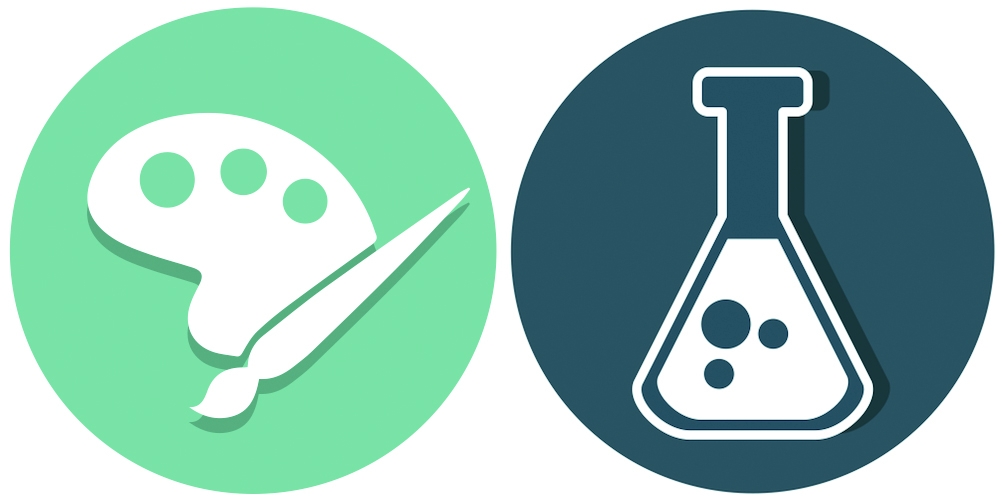
Class Notes
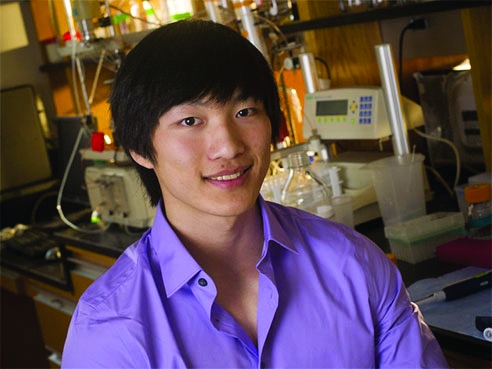
Graduate Bliss Chang Wins Phi Kappa Phi Fellowship
Bliss Chang, who graduated in 2015 with degrees in biology and biochemistry, has won a 2016 Phi Kappa Phi Fellowship.
Read more
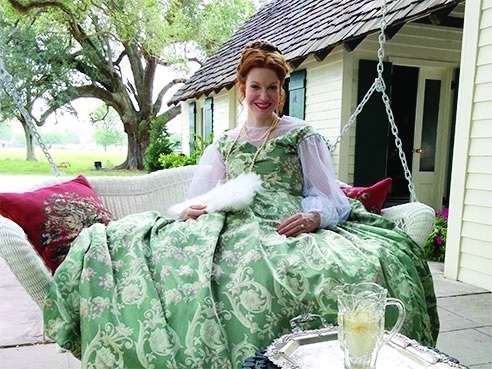
Theatre Alumna Stars in “Underground”
Andrea Frankle, 1998 graduate of the Department of Theatre, plays Suzanna Macon, the cruel plantation mistress on the hit WGN America show “Underground.”
Read more
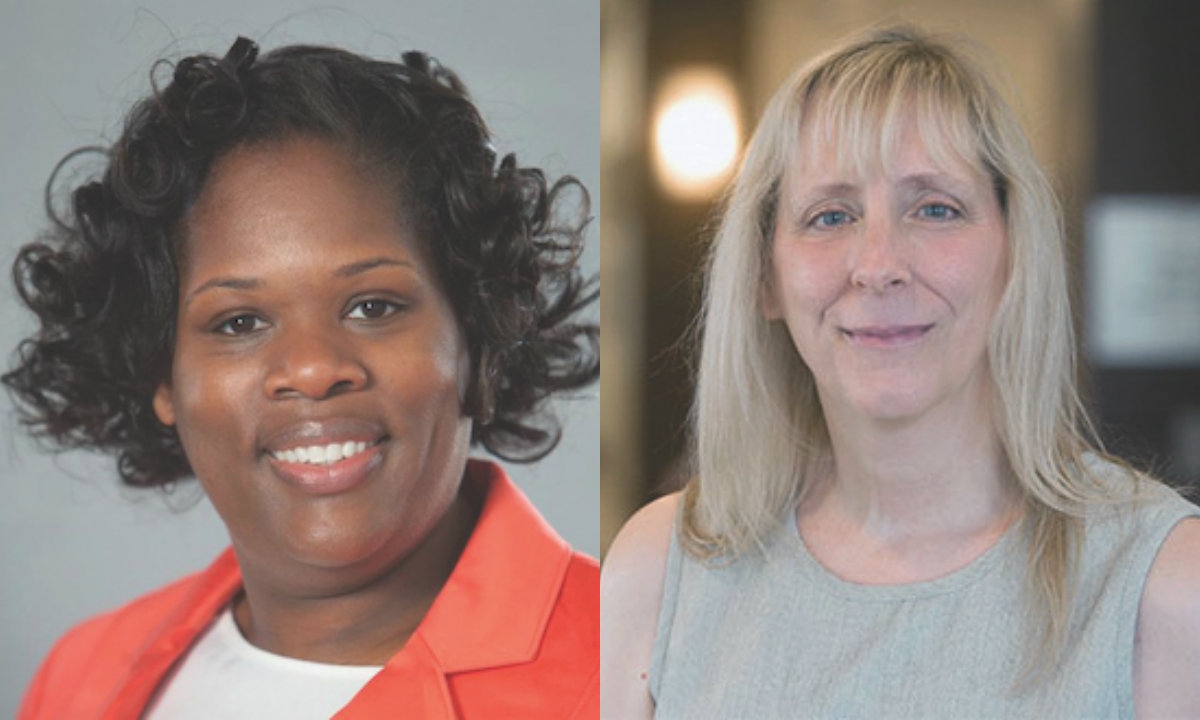
Sociology Alumnae Recognized for Achievements
Julie Locher, Ph.D., director of the UAB Translational Nutrition and Aging Program, received the Gerontological Society of America 2016 M. Powell Lawton Award. Akilah Dulin Keita, Ph.D., who received her doctorate in Medical Sociology in 2007, has been named the Manning Assistant Professor of Behavioral and Social Sciences in the Brown University School of Public Health.
Read more
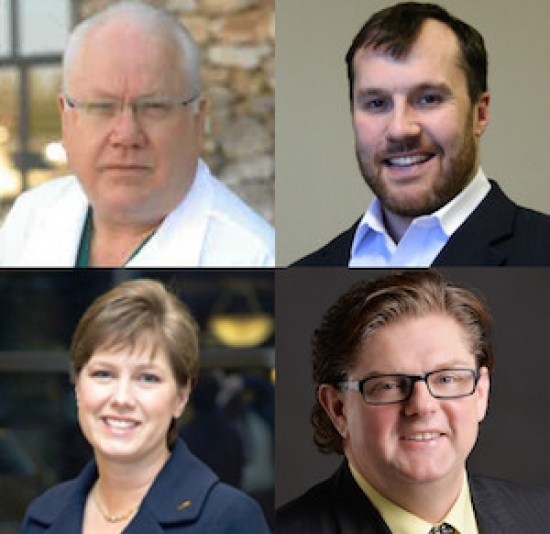
Alumni Honored at UAB Excellence in Business Top 25 Event
Four College of Arts and Sciences alumni were honored as members of the 2016 class of the UAB Excellence in Business Top 25 on Friday, June 24, at the UAB National Alumni Society House.
Read more
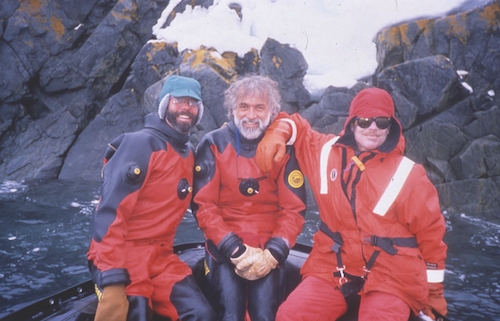
Professors Discover Sponge Effective Against MRSA
In a recent paper, Department of Biology researchers explain that the defensive mechanisms of Antarctic marine algae, sponges and other invertebrate species hold promise for humans, too.
Read more
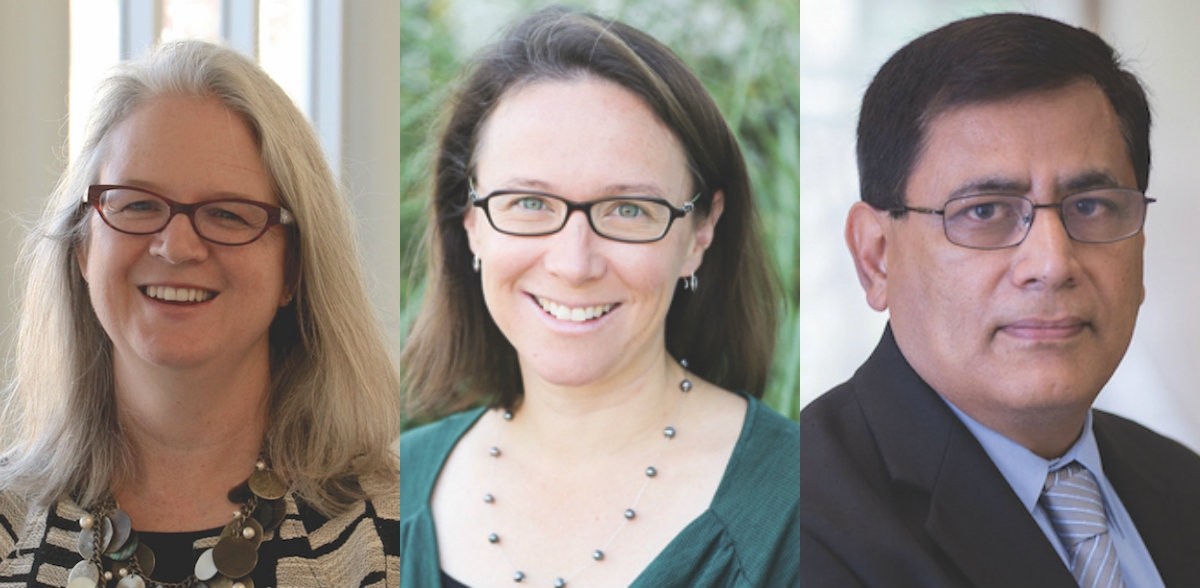
Provost’s Office Honors College Faculty
Wendy Gunther-Canada, Ph.D. and Erika Hille Rinker, Ph.D. were named as this year’s recipients of the Provost’s Awards for Faculty Excellence. Yogesh Vohra, Ph.D. was named as the recipient of the Sam Brown Bridge Builder Award.
Read more
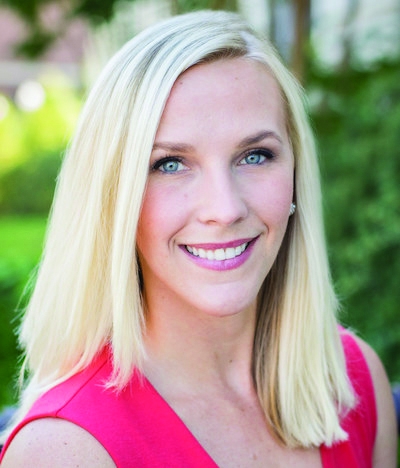
Dr. Cristin Gavin Named Recipient of National Advising Award
Cristin Gavin, Ph.D., co-director of the Undergraduate Neuroscience Program and assistant professor in the Department of Neurobiology, has been selected as the recipient of a National Academic Advising Association award.
Read more
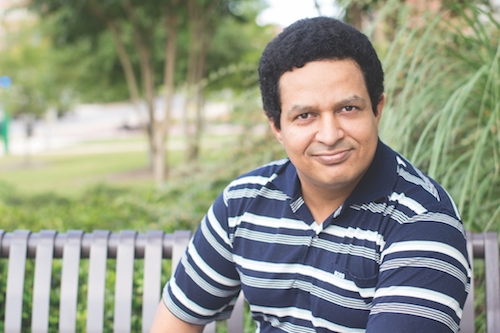
Dr. Ragib Hasan Named Senior Member by Association of Computing Machinery
Ragib Hasan, Ph.D., assistant professor in the Department of Computer and Information Sciences, has been named a senior member by the Association of Computing Machinery.
Read more

Dr. Sarah Parcak Discovers New Monument at Petra, Jordan
UAB archaeologist Sarah Parcak, Ph.D., and Christopher Tuttle, executive director of the Council of American Overseas Research Centers, announced the discovery of a massive, previously unknown structure in Petra, a 2,500-year-old city in southern Jordan.
Read more
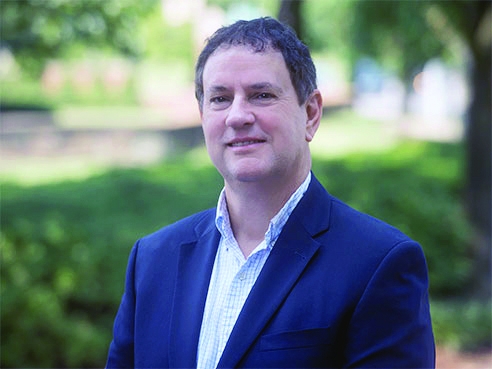
Dr. Jeffrey Walker Awarded MITRE Seed Grant
Jeffery Walker, Ph.D., professor and chair of the Department of Justice Sciences, has been awarded an $18,284 seed grant from The MITRE Corporation’s National Cybersecurity Federally Funded Research and Development Center and the University System of Maryland.
Read more